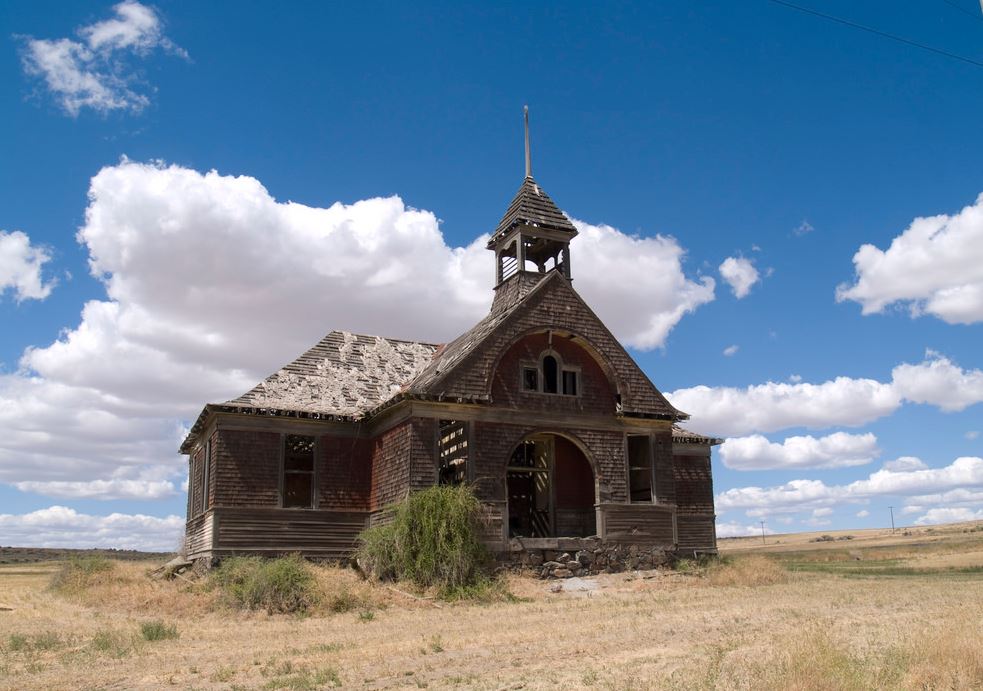
The Northwest is home to a number of fascinating ghost towns – exploring them might just make for the ideal road trip this summer!
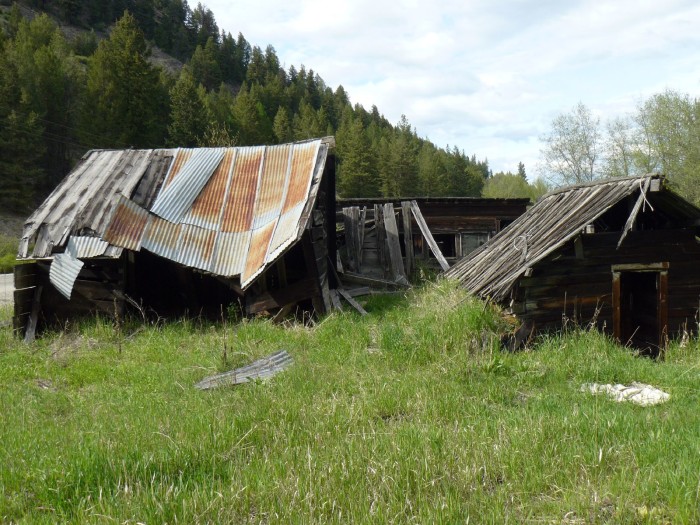
Bodie, Washington
photo credit: J F / Flickr
Bodie, Washington
Bodie, which happens to share its name with the popular California ghost town, was originally founded as a mining town in the late 1880s near the mouth of Bodie Creek. High quality ore was processed and milled here until plummeting gold prices closed the mine and eventually emptied the town’s buildings by 1934. There are a number of old log structures from that period that can still be seen today.
Monte Cristo, Washington
Arguably Western Washington’s most famous ghost town, this former gold-and-silver mining town sits in the heart of the Cascades and can be accessed via a four-mile hike from a trailhead off Highway 2, a scenic byway that winds through the Mount Baker Snoqualmie National Forest. At its peak, there were thousands of hopeful prospectors here, along with a railroad and other infrastructure. Bad luck for the would-be miners, however, as the ground was far less rich than geologists had initially believed, and the weather was a constant obstacle. Later efforts to make the area into a resort destination also failed. Much of what’s left here has been preserved thanks to the Monte Cristo Preservation Association.
Lester, Washington
The town of Lester was established in 1892 when the Northern Pacific Railroad laid track over Stampede Pass, just south of Snoqualmie Pass. By the 1950s, steam engines and passenger service started to decline on the railroad and the station was eventually demolished. There are still a few remains, with some of the abandoned scenes looking like a scene from a horror movie.
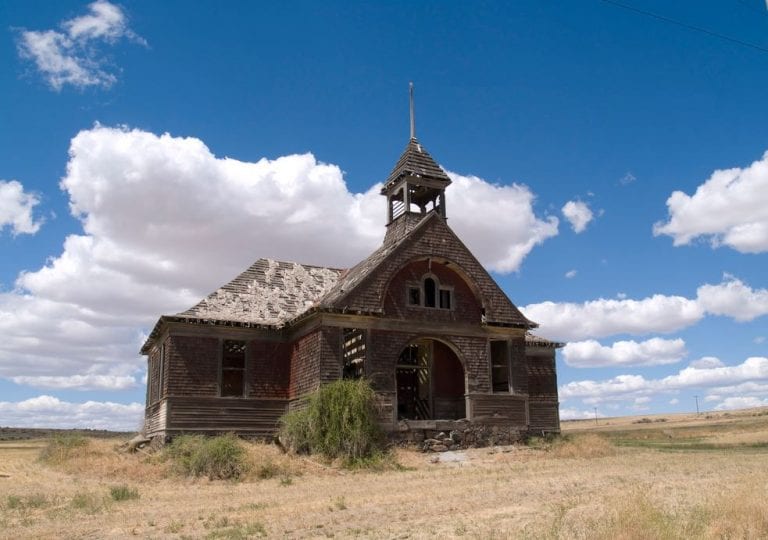
Govan, Washington
photo credit: Wikmedia Commons/Andrew Filer
Govan, Washington
Govan was one of Eastern Washington’s small ranching communities, founded in the 1800s. At its peak, it was home to 114 residents, but in 1927 a fire that decimate its business center started its decline. In 1933, after the town was bypassed by new roadway, it never recovered, and a few decades later, the closure of the post office marked its official end. The Govan Schoolhouse was closed down in 1942, and while not much remains, the 1906 structure is still holding on to life, resisting the prairie winds.
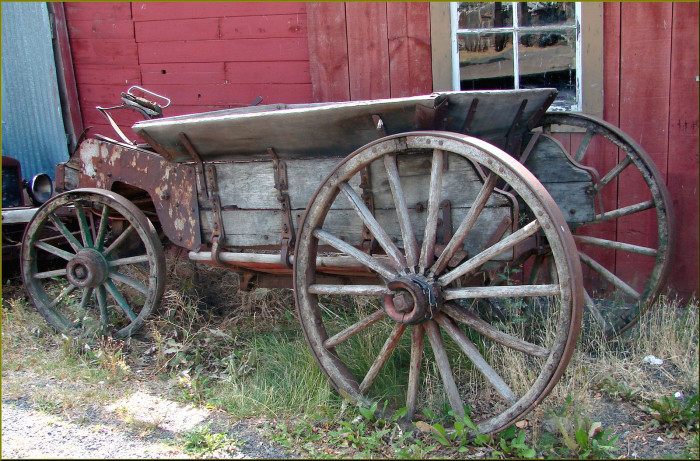
Shaniko Oregon
photo credit; Don Graham/Flickr
Shaniko, Oregon
Shaniko is Oregon’s best known ghost town, located about eight miles north of Antelope off highway 97 in the central part of the state. This once bustling town was first established in 1900, with numerous permanent buildings erected, including a combination City Hall, Fire Hall and jail, a hotel and other structures. It was once the wool capital of the west. Though a train once ran through, sheep and wool were its claim to fame and not the railroad. Following a series of unfortunate events, including a fire that destroyed much of its downtown business district, Shaniko quickly began to fade. The old water tower and City Hall with the old jail, a school and post office still stand today in addition to several antique and gift shops that have popped up in recent years.
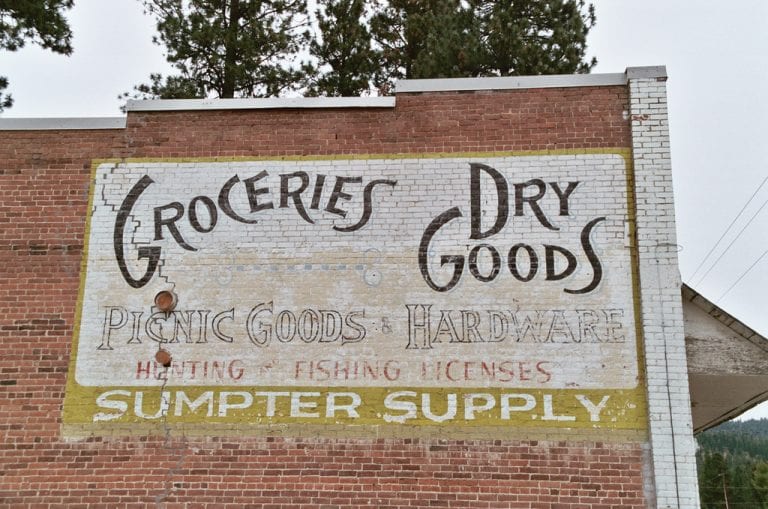
Sumpter, Oregon
photo credit: k.mesirow
Sumpter, Oregon
Sumpter is Baker County, Oregon’s best known ghost town, thanks to being featured on a reality TV series, “Ghost Mine.” The first post office was established here in 1874, and by the turn-of-the-century, it was booming with seven hotels, 16 saloons, three newspapers, two churches, an opera house, two banks, a red light district, and dozens of other businesses. In 1917, Sumpter was the site of a devastating fire that started in the Capital Hotel and soon spread to adjacent buildings. Despite all efforts to contain the flames, nearly 100 buildings were completely destroyed. Lying totally in ruins, the fire spelled the town’s death. Hard rock mining was winding down in the area and many miners simply moved on to more profitable strikes.
Molson, Oregon
Located near the Canadian border, Molson was booming in 1900, with a population of 300, along with a newspaper, stores, attorney, doctor, saloon and even a hotel. But that didn’t last long, as the mining industry began to fail in 1901, resulting in much of the town leaving and the population dwindling to just 12. It grew again in 1905, thanks to a railroad that was being constructed, but a local who ran a barn and stage line filed for a homestead that included most of Molson, and by 1909, he published a notice for everyone on the land to depart, forcing citizens to found the site of New Molson about 1/2 mile north. Today, the original Molson is reserved as an “open-air museum” with pioneer buildings, including an old schoolhouse. farm machinery and other vintage artifacts.
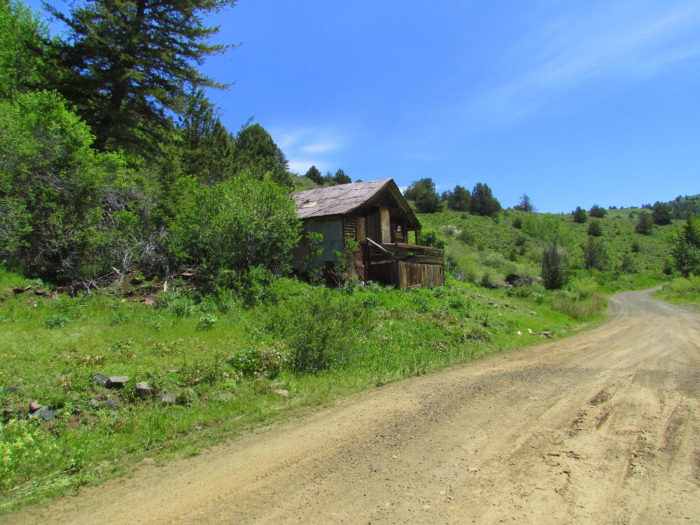
Delamar, Idaho
Google Maps
DeLamar, Idaho
Idaho’s most famous ghost town, Silver City, sits just eight miles west of its once-roaring sister town, DeLamar. It once showcased the rugged underbelly of mining towns, complete with gambling houses, bars and renowned madams. In fact, it was considered Idaho’s “womanizing capital,” until 1914, when the war sent silver prices plunging.
Leesburg, Idaho
Rumors of spectacular finds in the Salmon Valley drew prospectors to this spot near the Montana border in 1866, that later became known as Leesburg, named after General Robert E. Lee. as most residents came from the South Riches were plentiful, so a second town popped up just across the street: Grantsburg. The town’s shared a main street, but eventually become one, with Leesburg winning out. It was once the largest town in Lemhi County, with a population of 7,000. The entire community has been listed on the National Register of Historic Places since 1975
